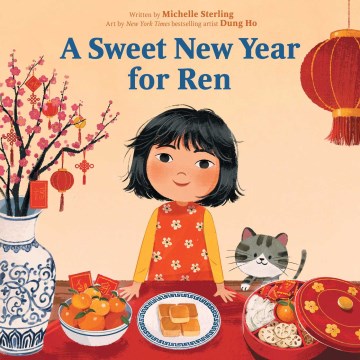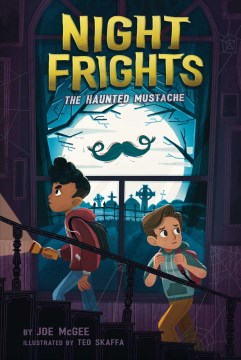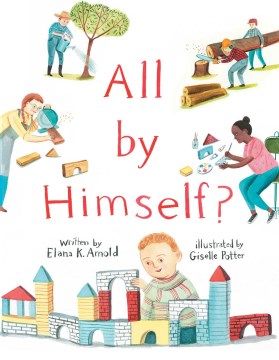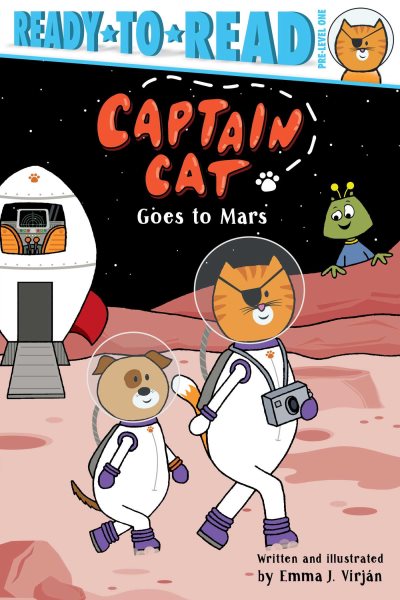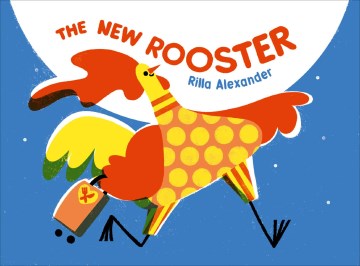by Dan Abdo & Jason Linwood Patterson
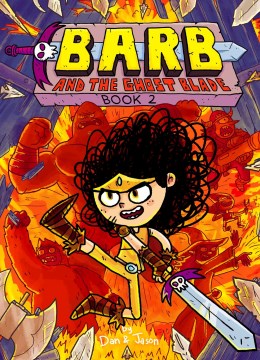
This is Book #2 of the Barb the Last Berzerker series and we rejoin Barb, her pal Yeti and various other sidekicks as they continue their quest to save Bailiwick from the evil Witch Head. Barb is a Berzerker, an elite fighter, like her mother and fellow warriors. Her goal is to keep the magical Ghost Blade away from Witch Head, so that he doesn’t destroy Bailiwick. Barb manages to survive a trip to a monster village and rescue her fellow Berzerkers that had fallen under the Witch Head’s spell. Unfortunately, Barb is captured and the story “ends” with her being carried into the Witch Head’s lair. To Be Continued in Book #3.
Fantasy and humor are combined in this brightly drawn graphic novel. The quest is solid and the humor is on the side of ‘potty’ with farts and ‘full moons’. This book and the others in the series might appeal to those students that giggle over that type of humor. It’s unfortunate that the story feels so incomplete without Books #1 and #3. The purchase is a commitment and I’m not sure it’s worth it.

